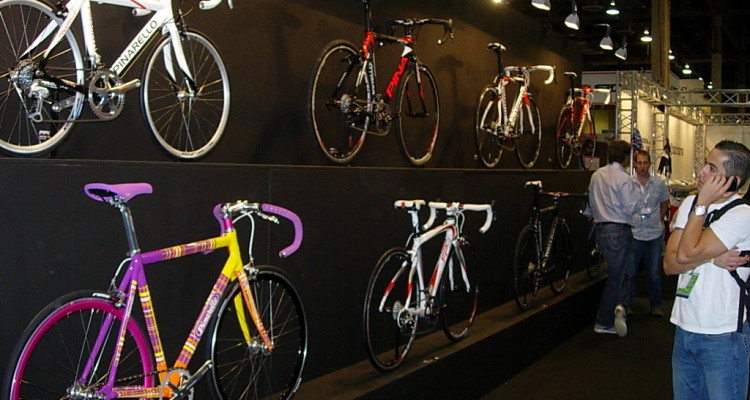In Southwest Florida, there are on average 340 days of sunshine a year. Outdoor physical activity is in abundance and everywhere you go you’re bound to see people riding bikes. If you’re interested in flying around town on a sub-20 pound road bike, chances are you’ll have a ton of questions: “What is the best bike for me?” “How do I find one on a budget?” Keep reading to find out.
Find a local specialty retailer
These shops employ staff who can educate you on the proper equipment needed to have a safe and enjoyable road biking. Visit several bike retailers in your area and inquire about the lines of bikes they carry, learn about their fitting processes, and meet the service department. Get a feel for the type of rapport you can develop with this bike shop since you hope it will be one that you will visit frequently. Also inquire about places to ride, what group rides they lead, and what events they sponsor. At the end, you should walk out of the bike shop with a good feeling and be a bit more educated about the buying process.
Need Versus Want
Wondering what brand, type of frame material, component group, wheels, and accessories you should buy? This can be an overwhelming decision to make, and it helps to do your homework. Talk to the experts at these shops so that you can make an educated decision and avoid regretting an uneducated guess in the end. Every cyclist has their favorite brands and those favorites come with an abundance of evidence to back them up. From my experience, you should take a look at all brands that are supported by your local bike shops. Ask questions about the warranties that the shop has, warranties the manufacturers have and if they offer extended service plans that cover the wear and tear.
Budget
It is very helpful to start this process with some idea of your budget, or even set a budget up mid-way through your buying process. For example, a nice aluminum frame bike with carbon fork, entry level shifters and derailleurs including all the basic accessories will cost on average $1,500. Now change it up to a full carbon fiber frame and fork, mid level shifters and derailleurs with all the basic accessories and you are looking at spending about $2,500. Open up your wallet even more to a $4,000 road bike and it would include higher grade carbon fiber, advanced engineering on frame design,higher end components, and lighter weight faster wheels with all the accessories. The sky is the limit from there. If your budget can afford it you can have some fun with new electronic shifting Shimano Di2 or an 11 speed set up and carbon fiber wheels.You can even have a custom paint job done on a frame built to your exact body requirements. But don’t get too distracted by all the bells and whistles, remember the budget you had prior to arrival and stick to it!
Don’t Forget the Extras
They say it is all about the accessories and there is an endless array at your finger tips. You can find everything from safety items such as helmets, lights, and gloves to performance items such as a cycling computer, aero bars, and clipless pedals. Water bottles with cages, seat bags with tire changing kits, and a tire pump are all necessity items not to be over looked during your shopping experience. What about those colorful jerseys that I mentioned earlier? Clothing is available for various weather conditions and types of cycling. Start at the racks and try on everything. Ask for help; that’s what employees of cycling shops are there for. They will ask you what type of cycling you will be doing and guide you through finding the perfect kit (the matching jersey and shorts that you see cyclist wearing).
Get Fitted
Most shops include a complete bicycle fitting with the purchase of a new bike. Bicycle fitting is both an art and a science and should be performed by a certified bike fitter. It is a balance between optimizing aerodynamics, power, and the comfort of the cyclist. If you are not comfortable on your road bike then you’re not in an optimal position. A great fit will help you ride longer and faster and ward off injury.

